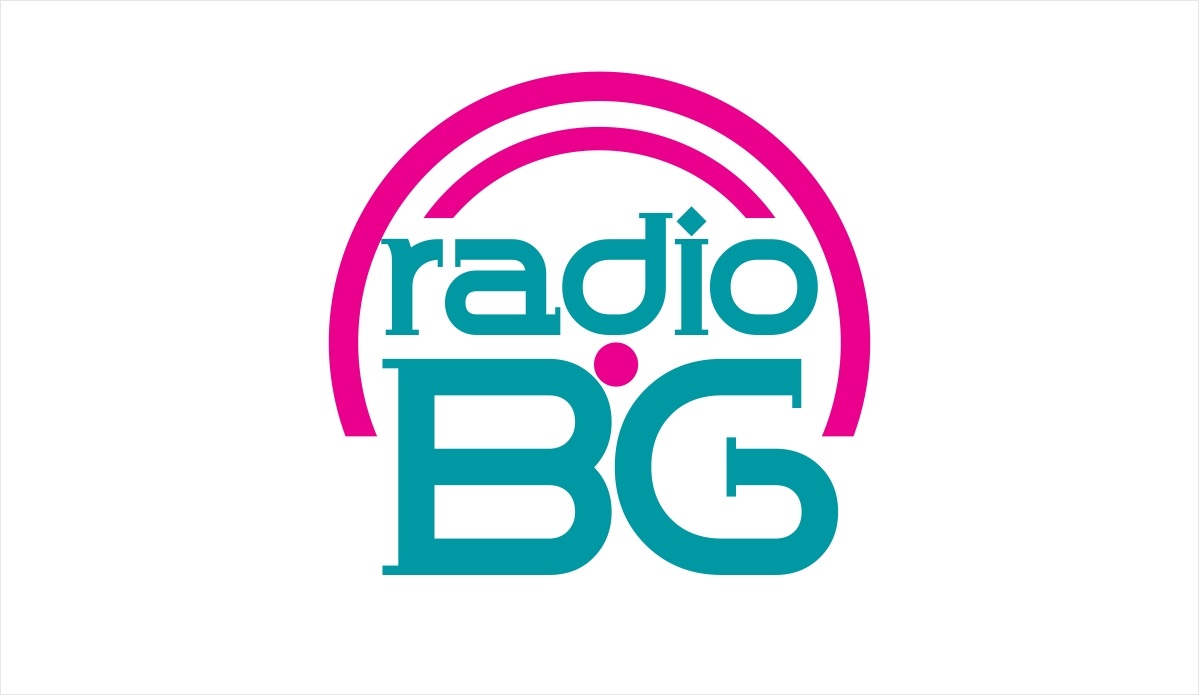
Our world is built on interaction and communication between people. We are looking for our niche: a comfortable environment, an acceptable status and the level of income at which life will be pleasing. We get what we can accept from the environment, and in return, we give what we can give. Mutual benefit is the foundation of social well-being, the driving force of progress, and one of the meanings of survival. In this case, advertising is a way to communicate to the world that we are ready to collaborate.
Efficient advertising today is not about “stuffing unnecessary goods at an overpriced price.” First of all, sellers are looking for their customers, adjust to their interests, monitor the dynamics of needs, conduct a dialogue and learn to negotiate. They also know that the more discreetly they will do it, the more loyal customers they will acquire. It was on this basis that native advertising was born.
Native advertising is inherently a piece of entertainment or educational content that does not sell, but creates or fuels interest in something. The good old product placement works in the same way – hidden advertising in films or on television (for example, when the main character drinks coffee with incredible pleasure or uses the latest brand of iPhone, although the plot is very poor). The difference between native advertising and product placement is that native advertising has taken over Internet sites, adapting to specific users, their interests and lifestyle.
The advertising market is in full swing about which types of advertising can be called “native” and that remain sponsorship material (advertising publications). Consequently, it is generally accepted that native advertising is a subtype of content marketing that involves building trust with potential customers. Moreover, if a trust relationship is established, compared with regular advertising articles, native ads are more likely to become viral content, and even naturally engraved in editorial materials.
The main formats of native advertising include a famous person’s stories, a product review, expert advice, a game or a test. Blogs often use this type of advertising. The logo of a well-known company on a T-shirt during a stream, food from a recognizable restaurant on the air or a story, a master class using certain tools are the most striking examples of natural advertising.
The native’s “naturalness” is both a plus and a minus. On the one hand, it is not annoying, but users who have learned to recognize it begin to see ads where they may not be. The things bloggers talk about, the things they recommend or admire are not always bought by someone. And here, questions arise about the ethics of such a hidden influence on users of Internet sites.
The US Federal Trade Commission (FTC) has created a number of rules for native advertising, such as the need to add a tag to videos and content on the home page of the site in order for the user to understand that it is an advertisement.

























































Залишити відповідь